Cleaning Houseplants: How & Why I Do It
Clean houseplants are happy houseplants. I keep my indoor plants clean because they breathe better and look better too. Cleaning houseplants can be done naturally; both larger houseplants and small houseplants. Read below for everything you need to know!
Reasons for Cleaning Houseplants
1.) They come from the growers’ greenhouses with junk on them. This is commonly due to pesticide spraying, foliage cleaners, condensation dripping from the ceiling & most notably, hard water.
Hard water is high in minerals. Just like it can cause spots on your glassware, it can cause white spots on the leaves of your plants to appear.
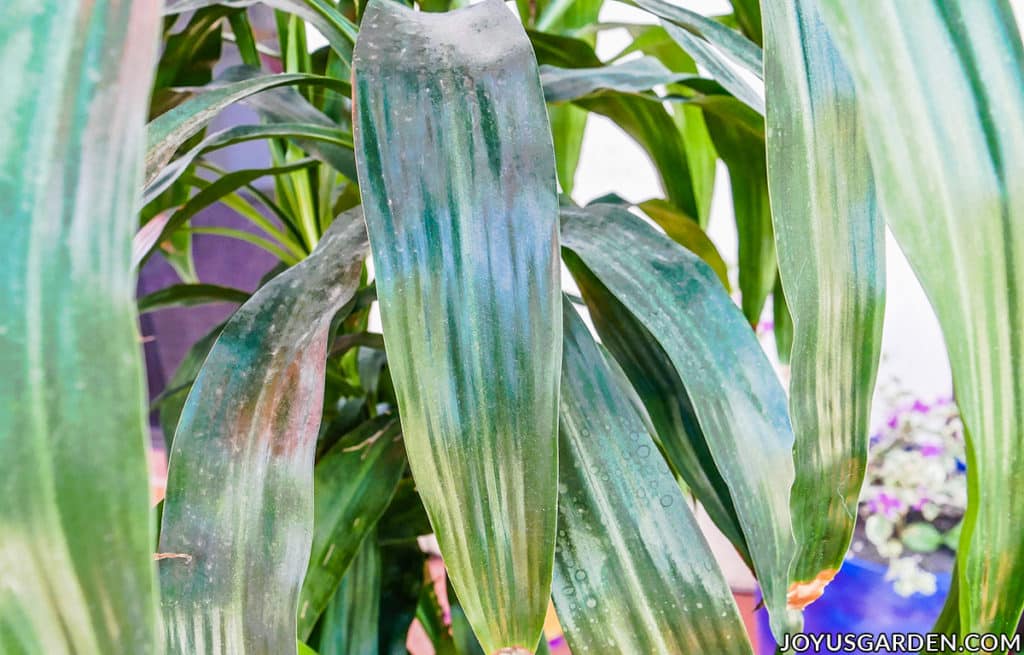
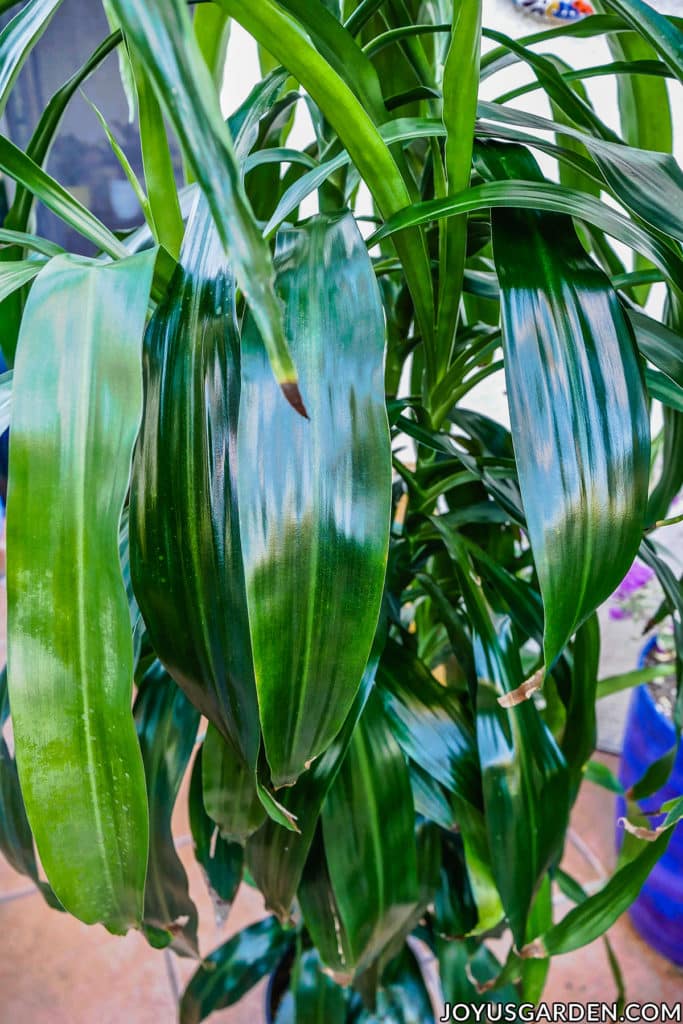
2.) You need to get the build-up of dust & dirt off which has built up in your home. The leaves of houseplants need to respire and a heavy build-up of dust can impede the process.
3. ) If your indoor plants have ever had any pest infestations, you may need to remove any residue left behind. Sucking insects like mealybugs, scale, aphids, and whiteflies secrete a sticky substance. You’ll want to wipe that off along with any eggs which might remain. Be sure to get rid of that cloth you used in case any eggs have survived. Pests can spread like crazy to other houseplants in no time.
4.) This is my favorite reason for cleaning plant leaves: Plants look better when clean!
Mixture for Cleaning Houseplants
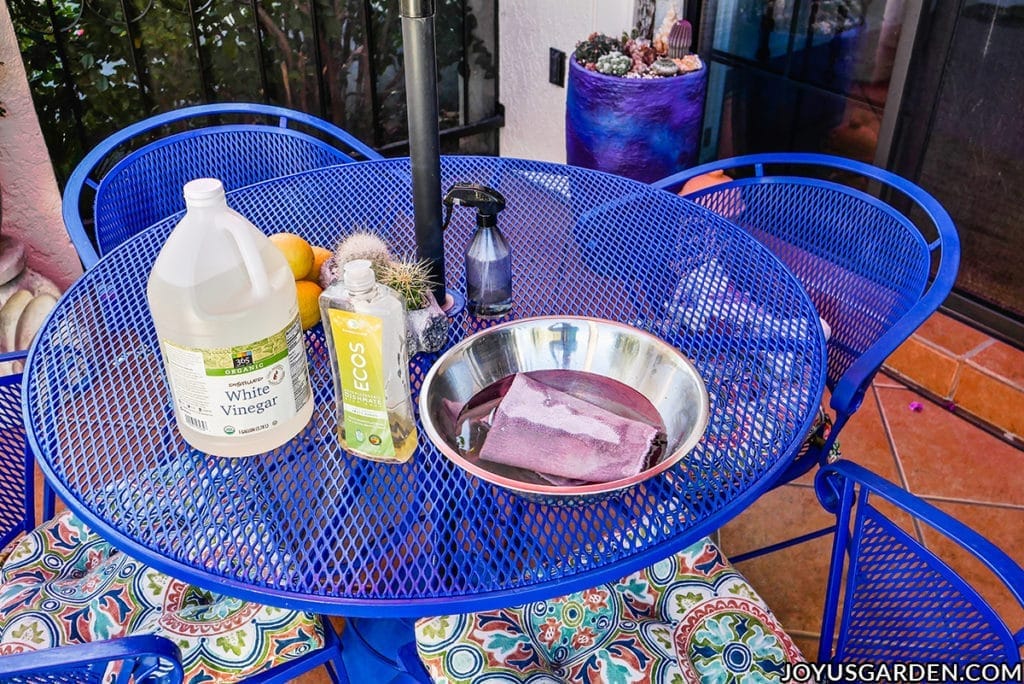
This is what I’ve used for years to clean indoor plants. I don’t measure the few ingredients out anymore because I know the approximate portions.
- 1/2 – 3/4 cup white vinegar
- 1/2 gallon water (around 8 cups)
- 5-10 drops non-toxic dish soap
- Spray bottle, a soft cleaning cloth, and a pail or large bowl
How to Clean Houseplants
1.) When there is a light dust build-up, I use a duster. I’ve had my mine for years but a microfiber one would work just fine because you could easily wash it. A soft cloth dampened with water does the trick too.
2.) I take my smaller houseplants to my deep kitchen sink & spray them. Not too hard – you don’t want to blast any of the soil mix out. I do this once or twice a month & it cleans the surface dust cleaned off. I let them sit in the sink for an hour or so because I live in the desert & I think it temporarily ups the humidity factor.
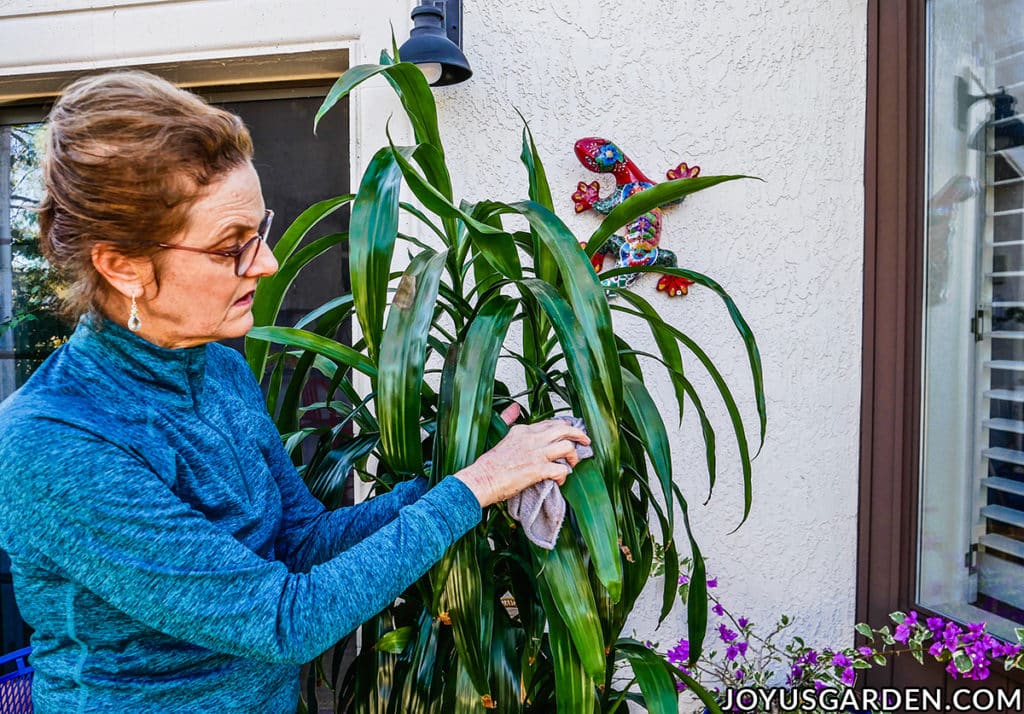
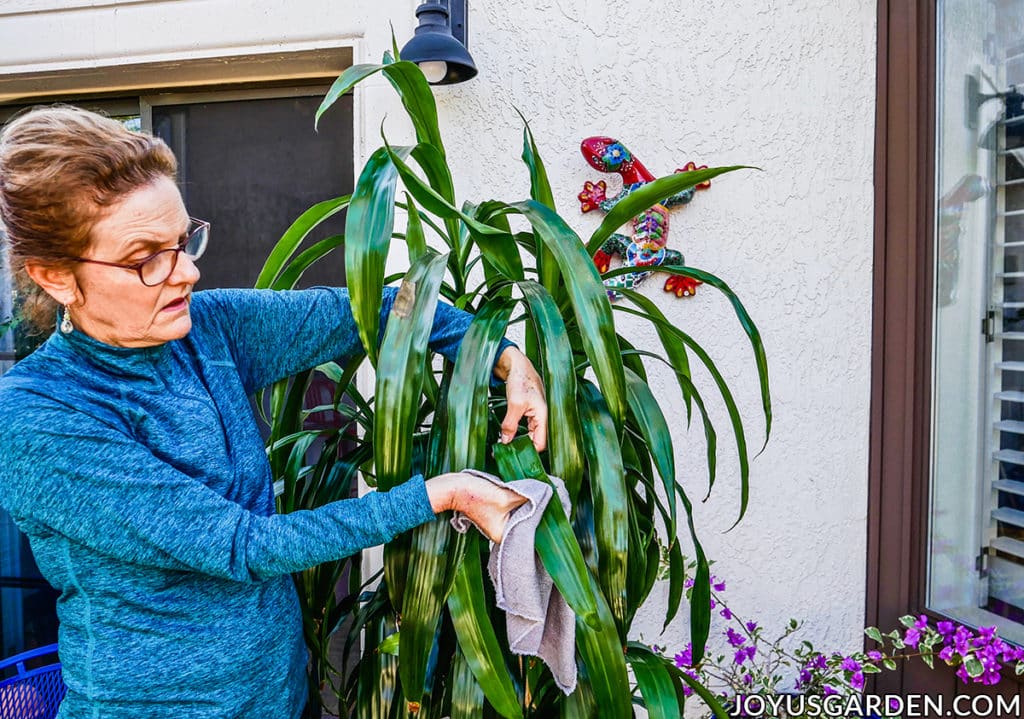
3.) I spray the mixture on the plant with a spray bottle & let it drip off, hopefully take some of the dust & spots along. I use this method on plants with a lot of smaller leaves like Ficus benjaminas or Pothos with long trails. I do this outdoors (out of any hot sun) but if you’re doing it indoors, be sure to protect your floors.
4.) I use the soft cloth soaked in the mixture & wipe off the leaves. I use this method for houseplants with larger leaves like Dracaena Lisa, Dracaena massangeana, Phildendrons, Monsteras, etc.
5.) For smaller plants with larger leaves, I often spray the mixture the mixture on & wipe it off with a dampened cloth. For extra measure, I’ll take them to the kitchen & give them a follow up spray with water in the sink.
By the way, I let the leaves dry naturally.
Some Of Our General Houseplant Guides For Your Reference:
- Guide To Watering Indoor Plants
- Beginner’s Guide To Repotting Plants
- 3 Ways To Successfully Fertilize Indoor Plants
- Indoor Plant Care Guide For Beginners
- Winter Houseplant Care Guide
- Plant Humidity: How I Increase Humidity For Houseplants
- Buying Houseplants: 14 Tips For Indoor Gardening Newbies
You can see me cleaning houseplants, both large & small, here:
Don’ts When it Comes to Cleaning Houseplants
1.) Don’t put your plants in hot sun to dry after you clean them. They could burn.
2.) Don’t use commercial cleaners with leaf shine. They clog the pores of the leaves which need to respire. Plus, all that shine can make them look fake.
I’ve heard of people using coconut oil, olive oil, mayonnaise, &/or milk to clean & shine their indoor plants. I have no experience with this. I’d say easy does it if you want to use any of those. Test it on a leaf 1st to see how it reacts over the long haul.
3.) Don’t use this spray on plants with fuzzy leaves. Most that I know of, like African Violets, don’t like to be sprayed with cleaners. Dusting is best.
4.) Don’t clean your plants too late at night. A key component of the respiration process happens after dark & they prefer to not be disturbed.
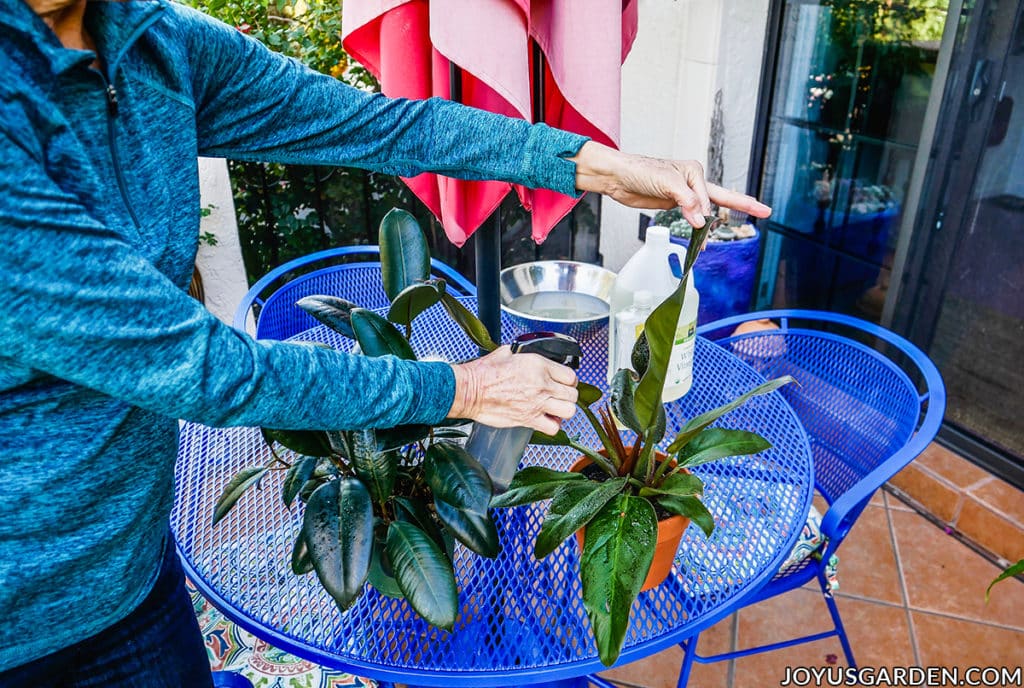
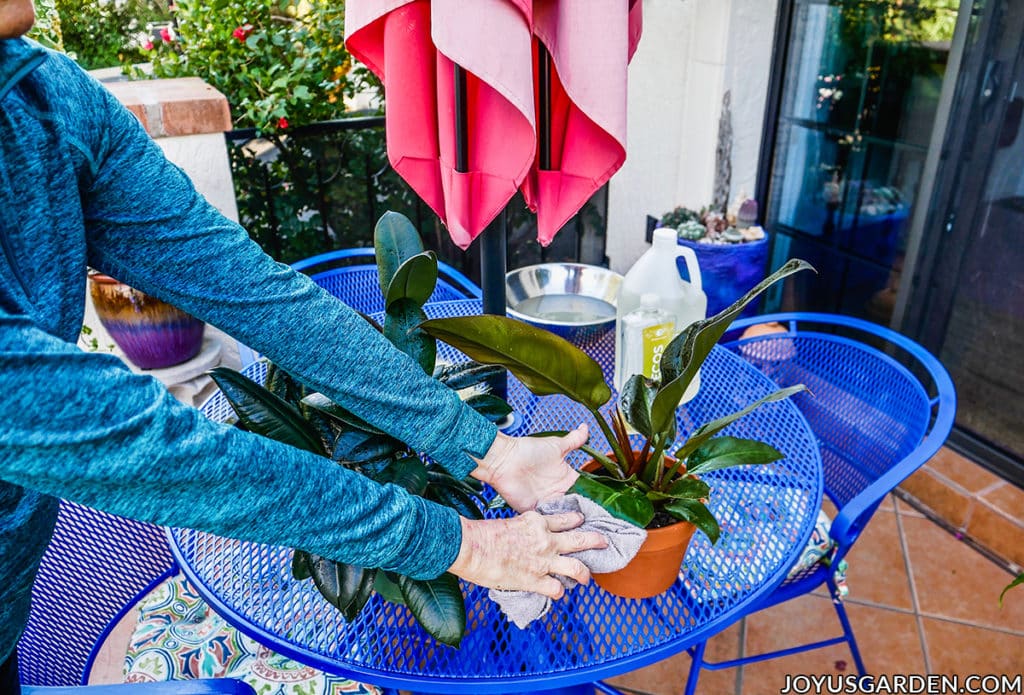
How Often Should You Clean Houseplants?
I don’t have any kind of schedule when it comes to cleaning plants. I regularly spray my smaller plants & clean the larger ones as needed. When we get rain (not a common occurrence here in the Sonoran Desert) & if I’m inspired, I’ll put my larger plants outside to get the best kind of shower.
My Dracaena Lisa came with spots on it & had gathered dust & dirt in the bedroom. It’s in a corner which I don’t walk by so close inspection wasn’t happening. I’d been meaning to do it for months & thought this would be a good time to do it & share the process with you.
Unless you’re Pig-Pen, I’m assuming you wouldn’t want to be covered with dust and dirt all the time. Clean your houseplants naturally and they’ll be downright delighted!
Happy gardening,

Want to learn more about houseplants? Take a look at these articles too!

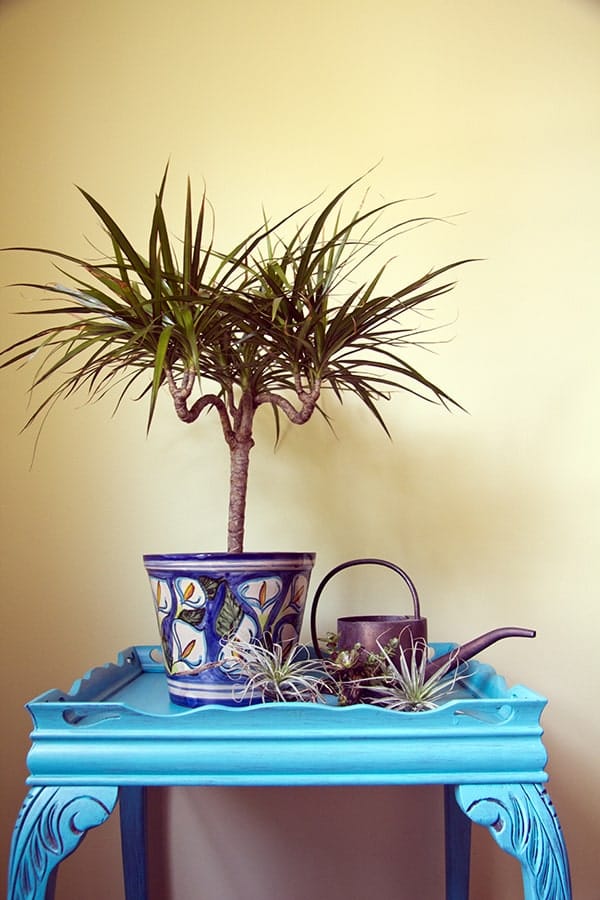
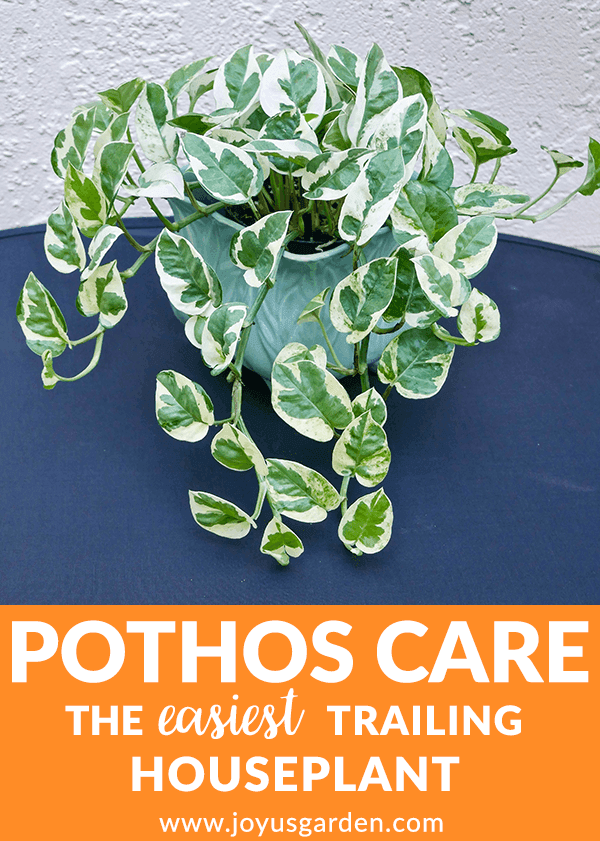
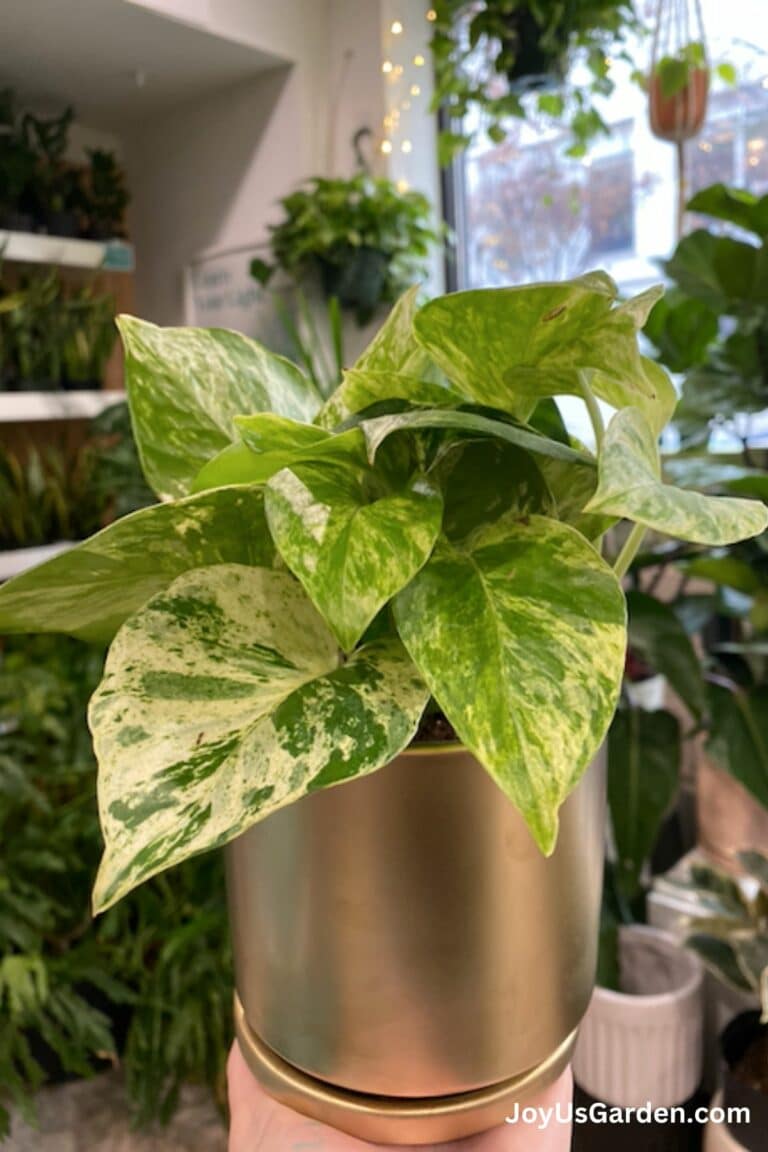
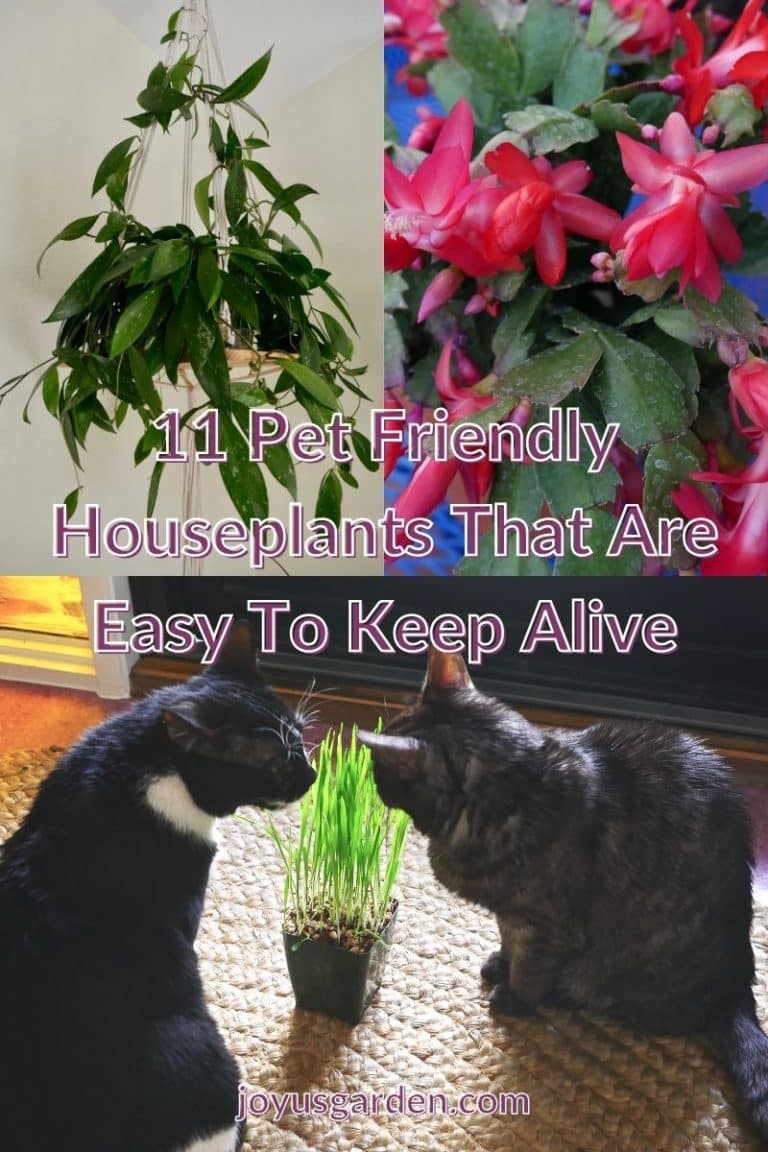

Great tips for cleaning! Thanks for sharing.
My pleasure Marnie! Nell
I heard years ago to shine leaves with the inside of banana peels. Ever heard of this?
Hi Gwen – I know banana peels are used plant food but I’ve never heard of them being used for cleaning. It certainly wouldn’t hurt the plant so it would be worth a try! Nell
I have an 87 yearold friend who says you can use hairspray for the leaves on your houseplants! I told her NO, they have to breathe and hairspray would suffocate them. What say you please?
Oh goodness no, I wouldn’t do that. I agree with you! The leaves need to breathe & hairspray will clog them. I do know that hairspray is sometimes used as a fixative for dried flowers to help the color last. Nell